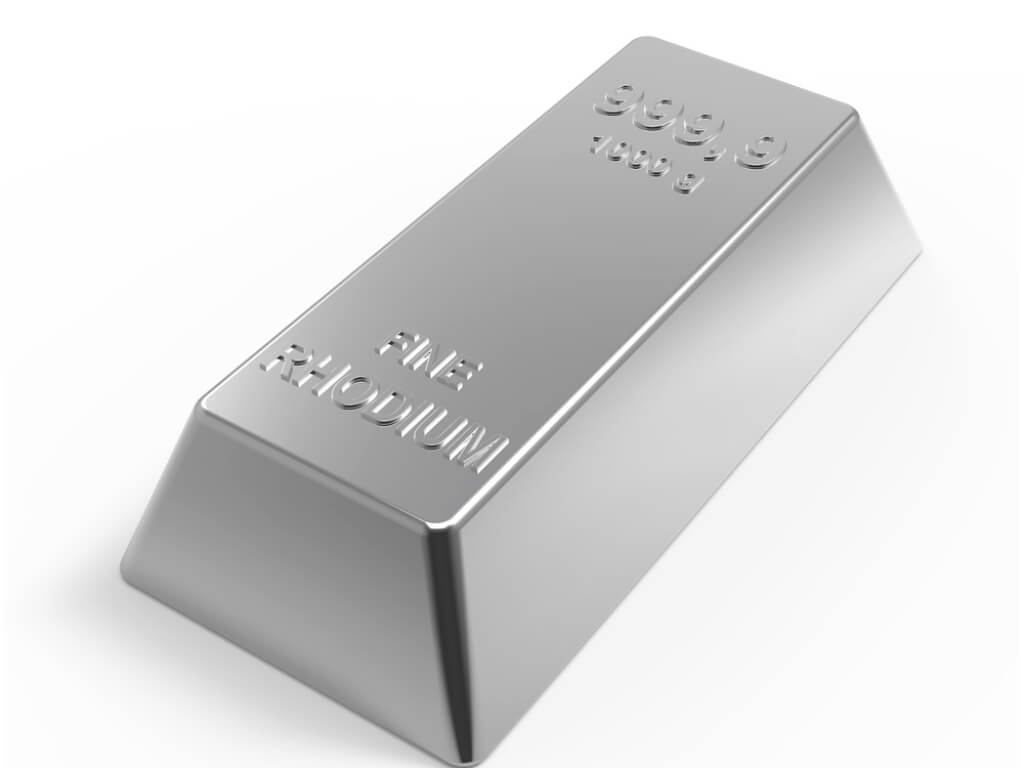What is Rhodium Plating
Did you know that the name of the precious metal rhodium in Greek means … rose! At first glance, it is difficult to understand the logic of the person who gave it such a name. But in fact, everything is very simple.
History of the Name
Rhodium is delivered from platinum, so it is one of the most expensive and rare metals on Earth. So, in 1804, the English scientist William Hyde Wollaston sat in his laboratory and conducted experiments on platinum, trying to purify it from other metals. The scientist placed platinum in a solution of aqua regia after which the liquid acquired a pinkish color.
Wollaston got intrigued: he decided to find out what gave it such a color. After numerous manipulations with the solution, he isolated this “dye” – a rich red powder. In the course of further experiments, Wollaston finally obtained a heavy white metal. The scientist named it rhodium, linking the name with the color of the powder from which it was obtained.
Technology
The process of rhodium plating is almost the same as gilding. First, the product is washed, degreased, and dried, and then immersed in a galvanic bath, where it is covered with a thin layer of noble metal. Often you can find jewelry covered with dark rhodium.
The color of the rhodium layer depends on the chemicals that are added to its electrolyte solution during processing. Different impurities give the coating different colors: white, yellow, pink, and black. At the same time, the most important properties of rhodium – wear resistance and brilliance – remain unchanged in any color.
Black rhodium
With the help of black rhodium, depending on the composition and concentration of the solution, craftsmen can give the decoration a shade from light gray to jet black. This stage already completely depends on the artistic idea. It is noteworthy that black rhodium can give the jewelry both a vintage look and, conversely, a modern and unusual one.

